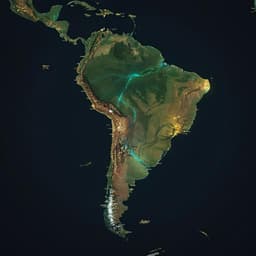
The Arts
Understanding the onset of hot streaks across artistic, cultural, and scientific careers
L. Liu, N. Dehmamy, et al.
This research conducted by Lu Liu, Nima Dehmamy, Jillian Chown, C. Lee Giles, and Dashun Wang explores the intriguing patterns of 'hot streaks' in creative careers, revealing how a balance of exploration and exploitation leads to periods of high impact across various fields. Discover how these dynamics shape artistic and scientific achievements!
Playback language: English
Related Publications
Explore these studies to deepen your understanding of the subject.







